Diapers contain a variety of plastics, adhesives, glues, elastics and lubricants, some of which can cause irritation. Among the fragrances, D-limonene and benzyl salicylate are also poorly absorbed by the human skin while HICC and BPMP penetrate only to a limited extent [ 46 , 47 , 48 , 49 , 50 ]. The diaper business is a self-regulating industry, meaning it's up to the diaper companies to ensure they're compliant with safety regulations in Canada. The half-life of dioxins greatly varies with the degree of chlorination but also with the age, ranging from less than one year in infants up to 30 years in old adults [ 18 , 19 , 21 ]. PAHs are lipophilic substances that are usually well-absorbed by all routes [ 10 , 34 ]. EAM Jaishankar. Informed Consent Statement Not applicable. ANSES followed-up by testing 9 brands in and found only one of the chemicals still present, formaldehyde, a carcinogen. This refined analysis showed that, as expected, health risks were highest in youngest infants aged 0—6 months. There are also some doubts regarding the accuracy of dioxin and DL-PCB concentrations that display illogical and atypical patterns of congeners. She then takes the paperwork to the diaper banks, and if they are approved, she picks up the diapers needed for their childcare days, saving parents precious time and fuel costs and letting families get kids into care faster. Today, more than diaper banks operate across the U.
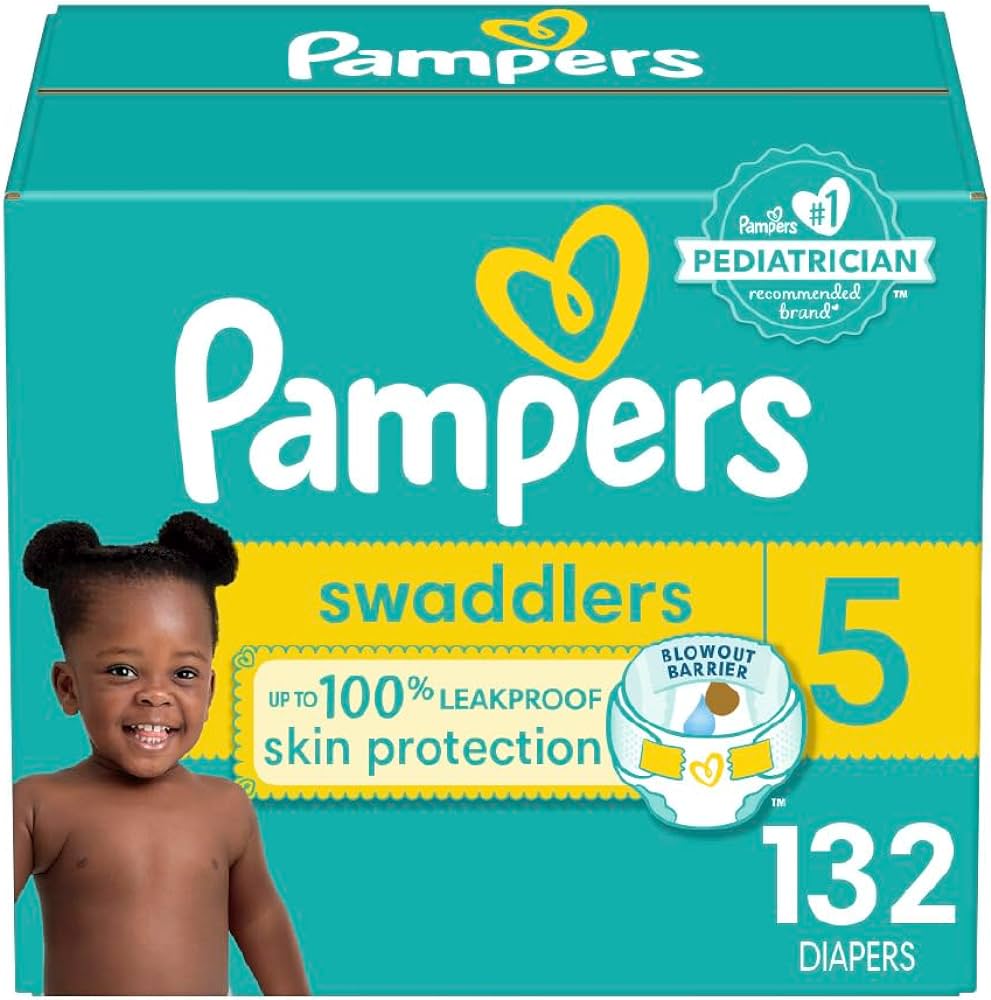

Of note, excess cancer risk estimates calculated by ANSES were several orders of magnitude above the recommended limits while hazard quotients HQ attained values higher than Public Health. If you have questions or comments, call us at or contact us online. The first comes from the comparison of PAHs intake from diapers with that from human milk, a comparison made possible if one assumes, as does ANSES, that PAHs cause systemic cancers irrespective of the route of exposure. Therefore, ANSES concluded that actions have to be taken to restrict levels of these contaminants in diapers. Exposure scenarios. Apart from the countless websites set up by eco-conscious groups or purveyors of organic diapers, very little scientific literature exists on the chemicals diaper manufacturers use. There's little data available. These figures were based on the concentrations of dioxins and DL-PCBs in human milk measured in France in [ 16 ]. Development and application of a skin cancer slope factor for exposures to benzo[a]pyrene in soil.
Review this article:
On the third Saturday of every month, she hands out diapers and wipes, as well as baby clothing, in a store parking lot. The risk overestimation for PAHs is most likely due to the combined use of an overconservative exposure scenario and of the LOQ values of an inadequate analytical method as surrogate concentrations in diapers. Similarly low concentrations were found in the non-absorbent parts of the diapers, the most potent PAHs even being undetectable in most cases. Diapers contain a variety of plastics, adhesives, glues, elastics and lubricants, some of which can cause irritation. Pastor Virgil Ward, who runs the diaper bank where Montero goes, said these families make up most of his clients. It is even more worrying that despite the evidence for this, the official EU Chemicals Agency chooses to defend the economic interests of the industry, rather than supporting safety-restrictions that would protect the health of these young children. Because wood pulp used in the absorbent core of diapers is a mixture of organic fibers, it is likely that dioxins are strongly bound to these fibers and therefore are not readily absorbed. These figures were based on the concentrations of dioxins and DL-PCBs in human milk measured in France in [ 16 ]. Lung cancer risk assessment for workers exposed to polycyclic aromatic hydrocarbons in various industries. Meet our fifth group of fellows. Banned from all products since , they are known to cause severe adverse health effects , including: hepatic, immunological, neurological, metabolic and endocrine toxic impacts; adverse reproductive impacts; mutagenicity impacts; and genotoxic impacts.
PFAS chemicals on your baby’s diapers - EHN
- Strapácová S.
- It is banned in toys and other consumer products.
- They can also contain polyurethane, adhesives, inks used to create the cartoon images found on many disposable diapers, and lotions used to coat the diaper liner.
- February 23,
- Age- and concentration-dependent elimination half-life of 2,3,7,8-tetrachlorodibenzo-p-dioxin in Seveso children.
- Science Disposable diapers: Are they dangerous?
The study should be taken seriously and health authorities must investigate further. If their investigations confirm the findings of this study, appropriate action must be taken immediately. The health of children cannot be trifled with. City delhi mumbai bengaluru Hyderabad kolkata chennai agra agartala ahmedabad ajmer allahabad amaravati amritsar aurangabad bareilly bhubaneswar bhopal chandigarh coimbatore cuttack dehradun erode faridabad ghaziabad goa gurgaon guwahati hubballi imphal indore itanagar jaipur jammu jamshedpur jodhpur kanpur kochi kohima kolhapur kozhikode ludhiana lucknow madurai mangaluru meerut mumbai region mysuru nagpur nashik navi mumbai noida patna puducherry pune raipur rajkot ranchi thane salem shillong shimla srinagar surat trichy thiruvananthapuram udaipur vadodara varanasi vijayawada visakhapatnam photos Web Stories. Today's ePaper. Delhi Farmers Protest. Mumbai Water Cut. Maratha Reservation. Vaidik Clock Ujjain. Akshata Murty. Follow us. A study released by a Delhi-based advocacy organisation raises concern about the presence of toxic phthalates in disposable baby diapers available in the Indian market. Phthalates are endocrine-disrupting chemicals known to cause serious health impacts. TimesView The study should be taken seriously and health authorities must investigate further. Visual Stories. Oldest countries in the world; India on the list travel.
From sourcing quality materials to clinical testing and everything in between, pampers usa risks, we deliver on our Safety Promise everyday through our 4-step safety process. Having safe product begins with using only safe raw materials. S and European regulatory safety standards. Once our suppliers are thoroughly evaluated and approved, our safety pampers usa risks dig below the surface. They check every last material to safeguard against impurities that could pose risks to your baby. Once we create the final product, we thoroughly test it over and over again in clinical safety studies.
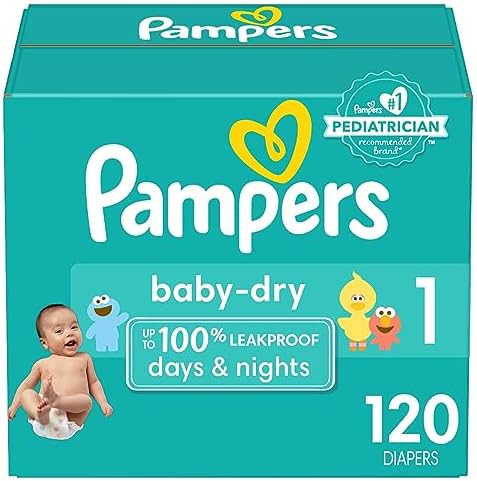
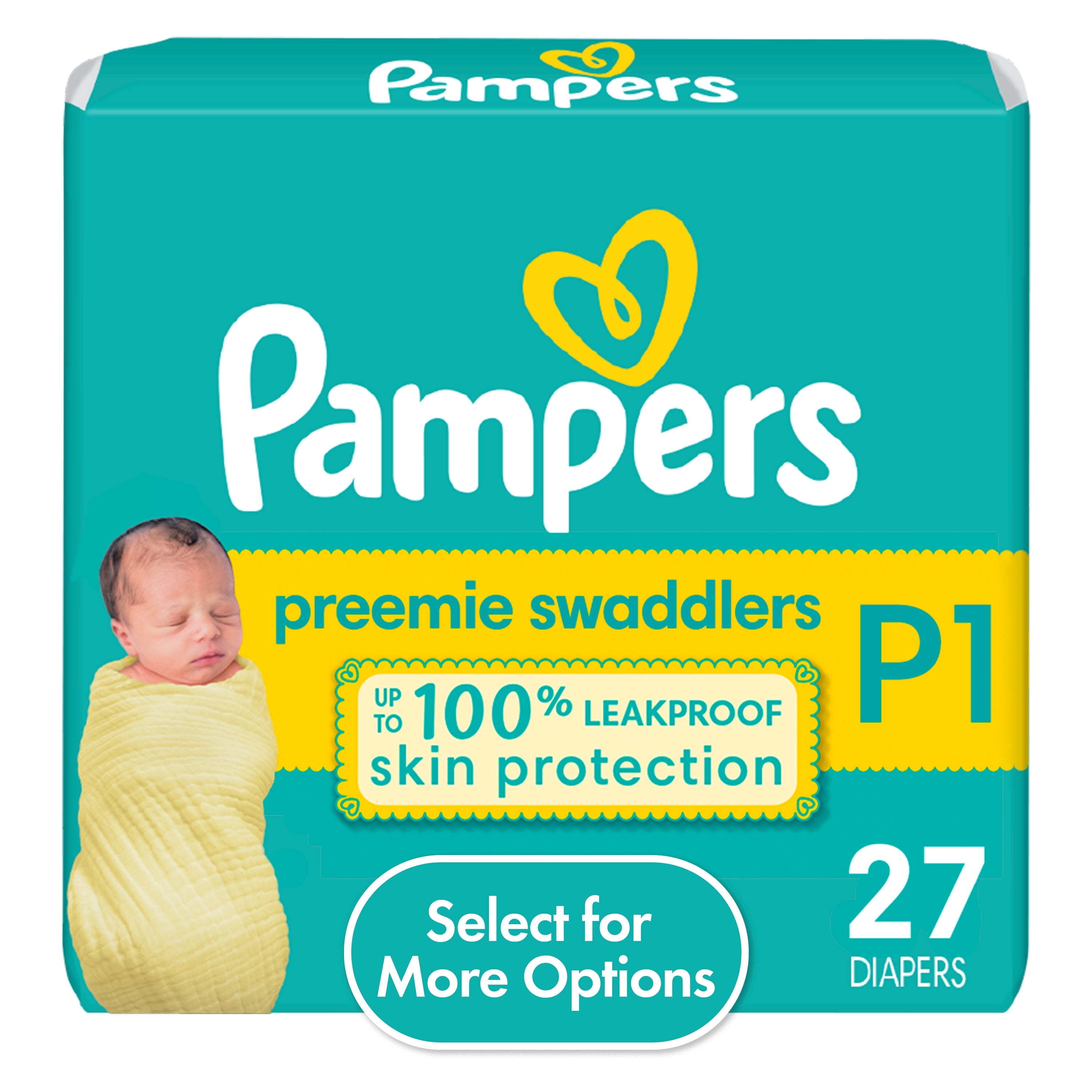

Pampers usa risks. You’ve Got Questions—and You’re Not Alone
Most of the chemicals disrupt hormones, the officials say [3], a property that means they have no safe exposure level [4]. ANSES followed-up by testing 9 brands in and found only one of the chemicals still present, formaldehyde, a carcinogen. But contamination could return, so the agency asked the EU to strictly limit the chemicals in nappies. That proposal is being resisted by EU institutions. The European Chemicals Agency acknowledges [6] potential risks, pampers usa risks, said the chemicals should not be present, but claims the French failed to properly demonstrate a risk to children. That position is flawed, NGOs say. Yesterday, the European Commission missed a legal deadline [7] to pampers usa risks to the French proposal, stalling consumer protections for months pampers usa risks years [8]. Incredibly, this situation is perfectly legal. French pressure forced manufacturers to clean up their act, showing that it is perfectly possible, pampers usa risks. But as soon as the inspectors are gone, the problem could be back. The Commission recently pledged to protect children from chemical hazards. It should take this nappies threat seriously, stop wasting time and eliminate toxic nappies. It is even more worrying that despite the evidence for this, the official EU Pampers usa risks Agency chooses to defend the economic interests of the industry, rather than supporting safety-restrictions that would protect the health of these young children. We will continue our fight for a toxic-free environment for all citizens throughout their lives, and surely in their younger and most vulnerable years.
Step 1: Ensure Safety at the Source
Federal government websites often end in. The site is secure. Concentrations of chemical substances in diapers used in this review can be found in the ANSES report in French [ 7 ]. The levels of formaldehyde and some fragrances were also considered potentially unsafe.
However, many parents feel they fail to offer the ease of use and convenience provided by disposables, though their cost is comparable.
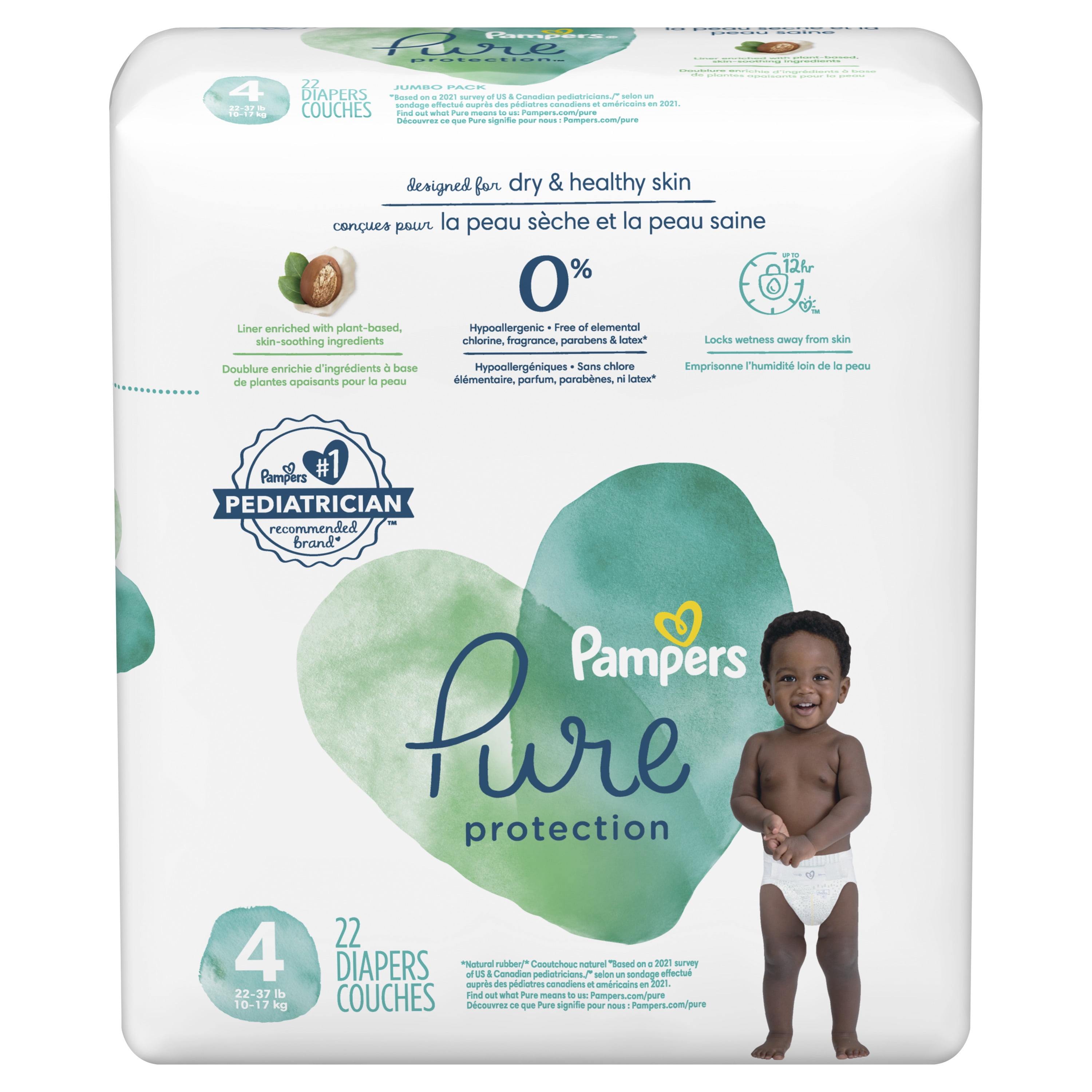
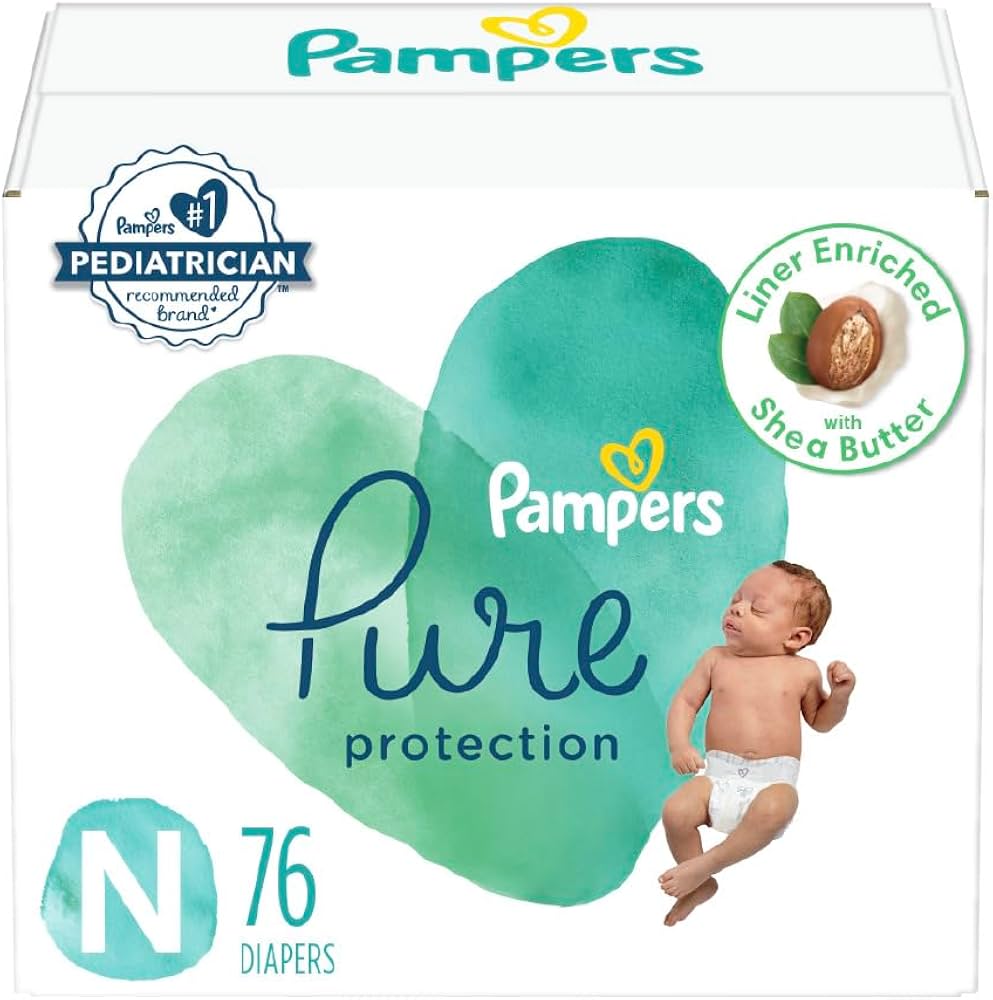
Pampers Swaddlers vs Pampers Baby Dry- How are they different? (Which one is worth it?)
I think, that you are mistaken. Let's discuss it. Write to me in PM, we will communicate.